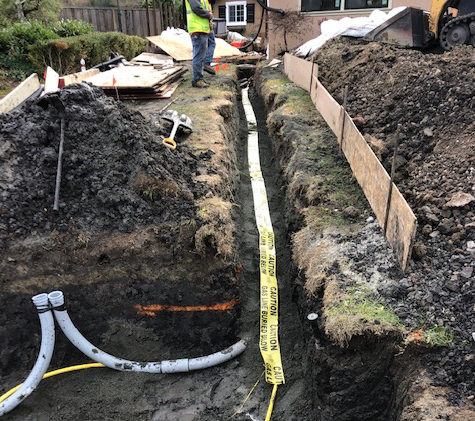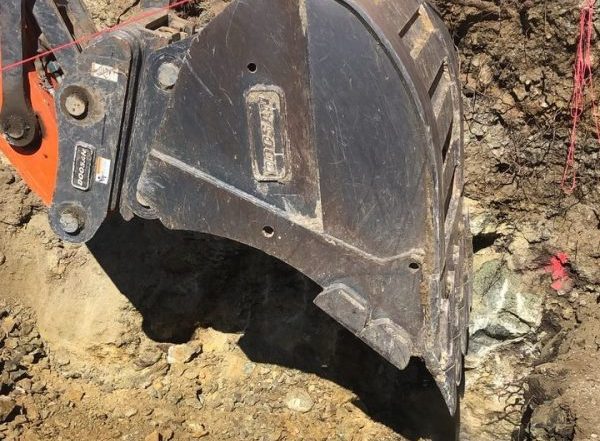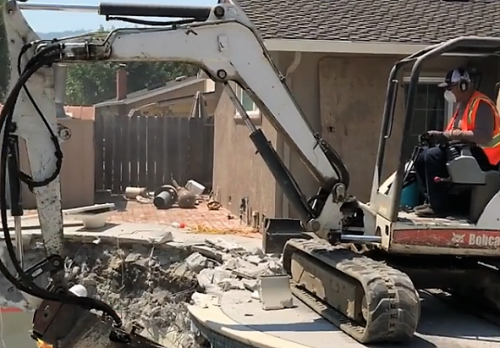Excavation and trenching are naturally hazardous construction operations, and contractors need to take all the appropriate steps to ensure worker safety. The Occupational Safety and Health Administration (OSHA) defines an excavation as “any man-made cut, cavity, trench, or depression in the earth’s surface formed by earth removal.” A trench, in particular, is defined as “a narrow underground excavation that is deeper than it is wide, and is no wider than 15 feet (4.5 meters).”
When we approach any excavation, drilling or demolition job we keep safety first, starting with the planning for the job. It is not just the possibility of the sides of an excavated plot or trench collapsing. Safety planning also must accommodate the interaction of our people and the machines they need to employ to carry out the job, and the terrain on which those machines must operate. Continue reading “Construction Site Excavation Safety Steps”










